Traditional Architecture
SHURI
Castle
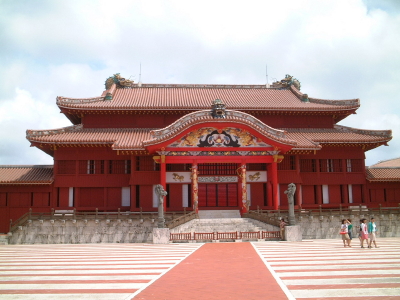 |
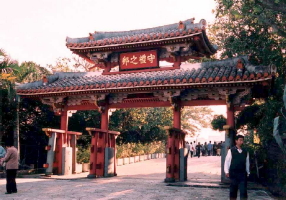 |
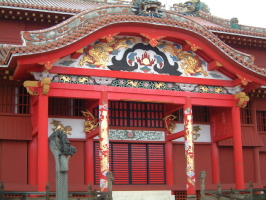 |
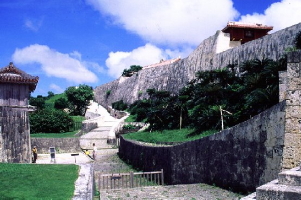 |
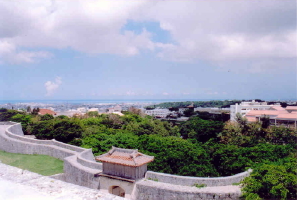 |
|
Shuri
Castle,
the royal residence and center of government for the Kingdom of the Ryukyus, is located atop the hills of Shuri overlooking Naha harbor, where it was built for strategic and geographical purposes. It displays both Japanese and Chinese architectural styles which gives it a unique Ryukyu design. When, and by whom, the castle was first built here is still uncertain, but excavation work indicates that a precursor of Shuri Castle was in existence by the second half of the 14th century. Documentary records show that Shuri Castle was completely destroyed by fire and rebuilt four times in its history in 1453, 1660, 1709, and the castle was destroyed again in 1945 as American shells and bombs rained down on it. An unbelievably fierce bombardment virtually obliterated the castle. In contrast to previous devastations when buildings had been partially burned or collapsed, this fourth calamity reduced the entire castle premises to rubble and ash. The current reconstruction was completed in 1992. Shuri castle is one of nine historical sites on the island, which were chosen as World Heritage Sites by UNESCO in 2000. See video link below. |
Island Tombs
Many visitors to the island are surprised to see large tombs on such
a small island.
These tombs, a part of the great Chinese cultural influence that once
dominated the islands,
are symbolic of the ancestor worship which the island people have observed
for many generations.
In the early period of Ryukyuan history,
the deceased were buried in caves on hillsides and along the seashore.
The construction of tombs was initially introduced from Fujian in southern
China
with the first elaborate tomb being built some 700 years ago by a Buddhist
priest.
Since that time, more and more were built by islanders to honor their
ancestors.
Turtleback Tombs
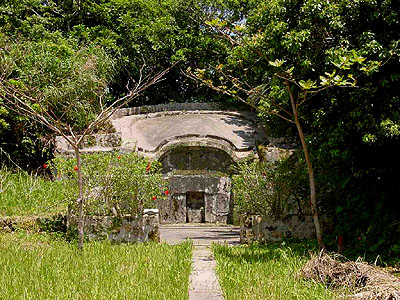 |
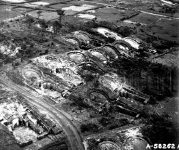 |
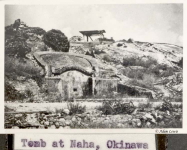 |
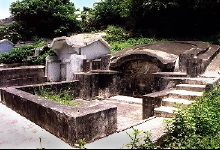 |
The
tombs are commonly classified as one of two types according to their
exterior shapes.
One is the so-called turtleback type and the other is known as the gable
type.
The entire structure of a tomb, according to common belief,
symbolizes the position of a woman giving birth to a child.
This idea is related to the Buddhist philosophy of "returning to
the source"
where one originally came from.
Royal
Tombs Tama-udun, Shuri
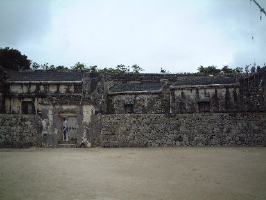 |
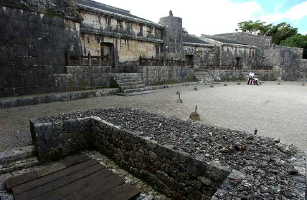 |
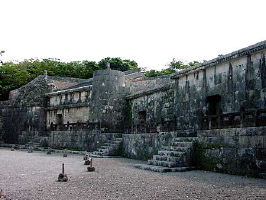 |
|
Among
the many tombs on the island, three are very well-known; they
are the Royal Tombs Tama-udun in Shuri, the Urasoe-yudore in
Urasoe City and the Kochi-munchu (clan) in Itoman City. The
Kochi-munchu tombs are over 300 years old and cover more than
5,000 square meters. The six tombs of Kochi-munchu, one large
and five small ones, contain the cremated remains of 2,500 people.
|
Urasoe-yudore, Interior of King Eiso's Tomb
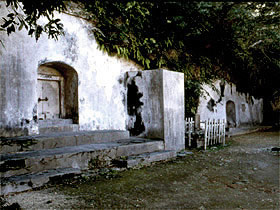 |
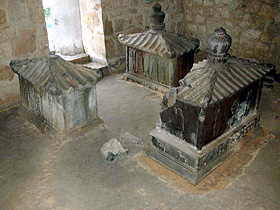 |
Recently it
has been difficult to find large sites to build tombs such as a turtleback
tomb,
due to the crowding in living spaces. Thus it has become a growing business
to sell preconstructed small tombs as shown below.
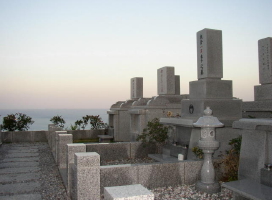 |
Coming soon...
A Traditional House
Continue...
Traditional Crafts:
Pottery, Lacquer & Textiles ...
Click here